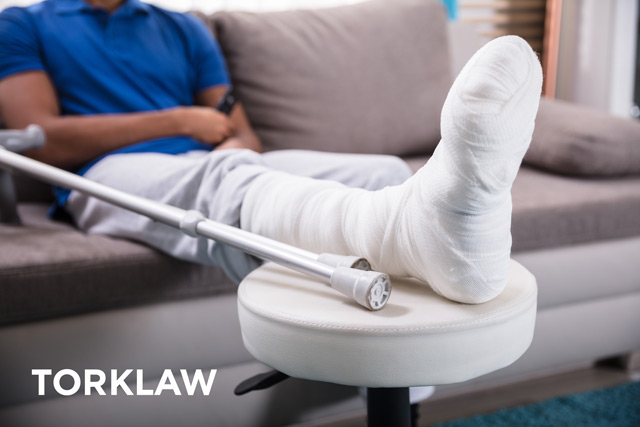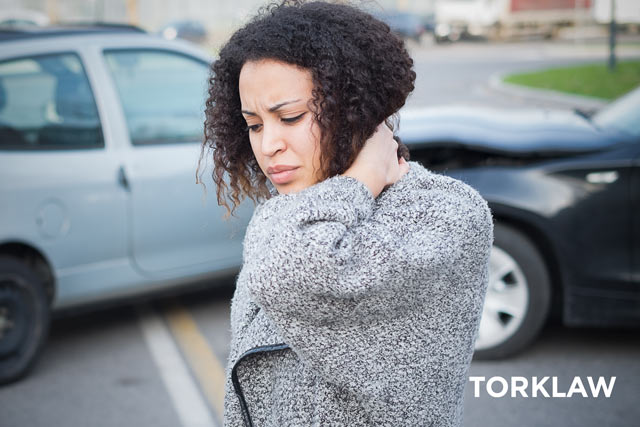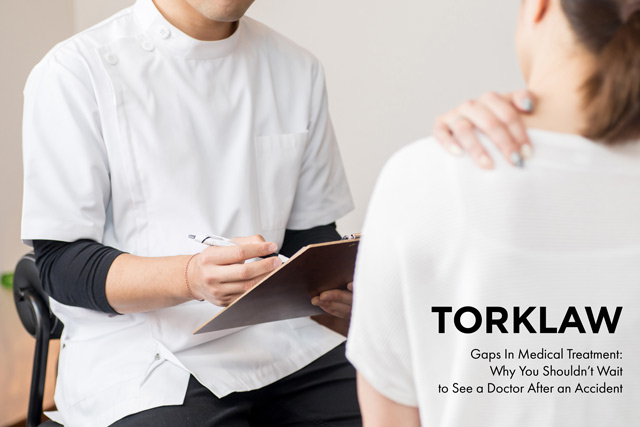Gaps in medical treatment after an accident can refer to two different things: either the gap between the incident and the initial diagnosis, or a gap in ongoing treatment once it has started. Both can be problematic in personal injury cases.
After an accident, no matter what type, you should seek a medical evaluation as soon as possible. The best time to see a doctor is the day of the accident, or at the earliest time you possibly can.
Why is it necessary to be evaluated so soon after an accident?
First, a medical expert must determine the extent of your injuries so they can be treated accordingly. Not all injuries are immediately apparent; it is possible, in the adrenaline-fueled aftermath of an accident, for you to have a serious medical issue without realizing it.
Second, an immediate medical evaluation is a significant factor in how successful your injury compensation claim is. When you file an insurance claim for an injury you sustained, insurance companies and others logically assume that you will have sought medical treatment. If you haven’t, or if you waited a significant amount of time before doing so, it may provide an insurance adjuster with leverage to reduce your claim, or deny it altogether. In fact, with most adjusters, the process is handled formulaically: a gap of so-and-so length will result in a reduction of their offer by a certain value.
Finally, if you wait too long for your injuries to be medically diagnosed after the accident, causation will be more difficult to establish. How could you prove the cause of your injuries was that particular accident from weeks ago, and not any of the activities you may have engaged in since then? If you don’t have the timely medical records to verify your claims, you may have no evidence to offer.

Are all gaps in medical treatment problematic?
Some injuries (as we discuss below) take a while to manifest before they can be treated. Conversely, sometimes people have a pre-existing condition that makes it harder for them to seek treatment, or recognize symptoms.
Some gaps in medical treatment are unavoidable. If so, your attorney may be able to work with you on that. The important thing is to communicate with them, and let them know that you will experience (or have already experienced) a gap in treatment, and the reason.
It is also important to communicate with your doctor. In fact, this one of the best ways to reduce the impact of a gap in treatment on your case, because your doctor can record the gap (and the reason for it) on your medical records. Since medical records are accepted as evidence, this is a good way of formalizing things.
While accident injury claims containing gaps in treatment may take longer to settle, or even require going to trial, you may still prevail. Don’t assume you don’t have a case until you’ve spoken to a lawyer.
What about gaps in medical treatment after it begins?
As a plaintiff in a personal injury case, you have certain duties: to show evidence of valid damages, which largely comes by way of medical bills. You also have the duty to reasonably minimize your damages. This means that you are obligated to receive proper medical treatment, so that your healing process is devoid of unnecessary complications. Therefore, it is a necessary part of the personal injury process that consistently follow through with treatment, and heed your doctor’s orders.
Not only is this the best way to successfully litigate a personal injury case, it is necessary for a healthy recovery, so be a good patient — for your sake, and your lawyer’s.

What if my accident symptoms didn’t show up right away?
With some types of injuries, the symptoms don’t present for hours or days after the accident. In fact, one of the most common accident injuries – whiplash – regularly takes a while to manifest. (For more information about these kinds of injuries, check out our article about accident injury delayed symptoms.) Fortunately, delayed symptoms are common enough that the law expects insurers to make reasonable allowances when such an injury is sustained.
Finally, there is a risk of masked symptoms; ones that are mistaken for symptoms of another injury the patient suffered in the same accident. It can be difficult to trace different areas of pain to separate injuries, and this makes a prompt medical diagnosis even more crucial.
The Bottom Line
If you’ve been in an accident, your top priority should be to seek medical attention promptly — preferably the same day — and consistently follow up with consequent treatment recommendations.
If you are diagnosed with an injury, then your next move is to call TorkLaw at 888.845.9696 for a FREE consultation so we can help you recover completely.



